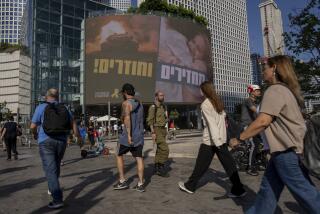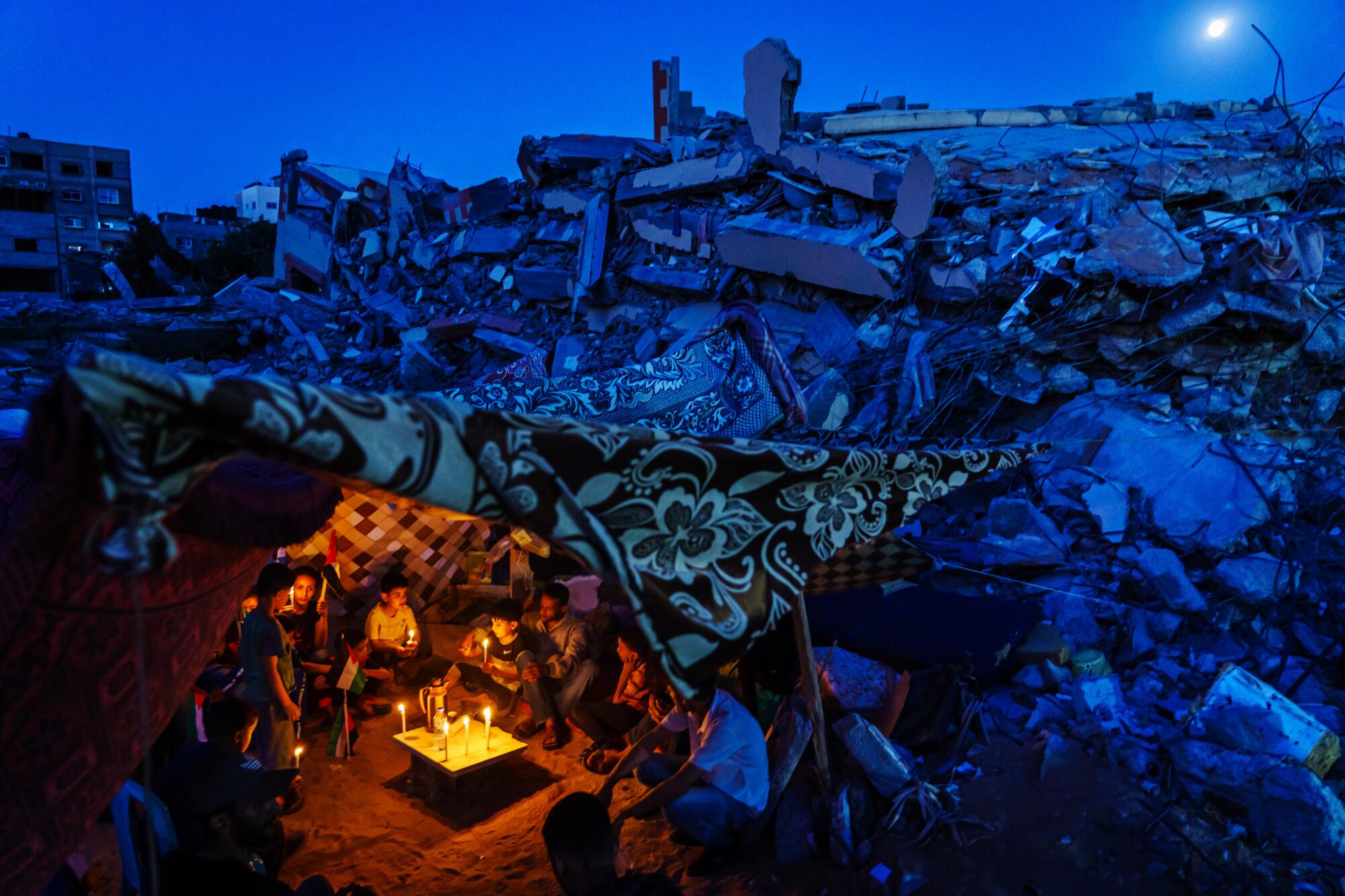
Life is struggling to return to normal in the Gaza Strip.
The little 140-square-mile enclave experienced a relentless barrage of fierce Israeli airstrikes and artillery bombardment aimed at Gaza that reduced parts of the impoverished, densely populated enclave — including residential towers, commercial centers, schools, roads and other infrastructure — to rubble.
Today, Gaza City is slowly humming back to life. Volunteers fill the streets with brooms, shovels and masks. They clear rubble and debris. Children hang off metal rebars and play amongst the rubble. Family members grieve for their loved ones who died in the conflict. Military music from loudspeakers fills the streets, and the sound of an unmanned drone buzzes overhead.
When I visited the enclave three years ago, the living conditions were deteriorating. Homes and businesses could count on no more than three or four hours of electricity a day, most of the water was undrinkable, medical supplies were dwindling, and hospitals were overwhelmed with casualties from the 2018 protests.
The armed conflict that erupted May 10 and lasted for 11 days killed more than 243 Palestinians in Gaza, including 66 children, according to the Palestinian Health Ministry. In Israel, 12 people, including two children, were killed as a result of more than 4,000 rockets fired out of Gaza by Hamas militants.
Hamas militants fired rockets toward Israel in response to the clashes between Israeli authorities and Palestinian protesters at Al-Aqsa Mosque compound. Tensions were already high at the Sheik Jarrah neighborhood in East Jerusalem, where some Palestinian families face eviction by Jewish settlers.
An Egyptian-brokered cease-fire reached Friday brings momentary peace and calm to grieve and recover what was lost on both sides.
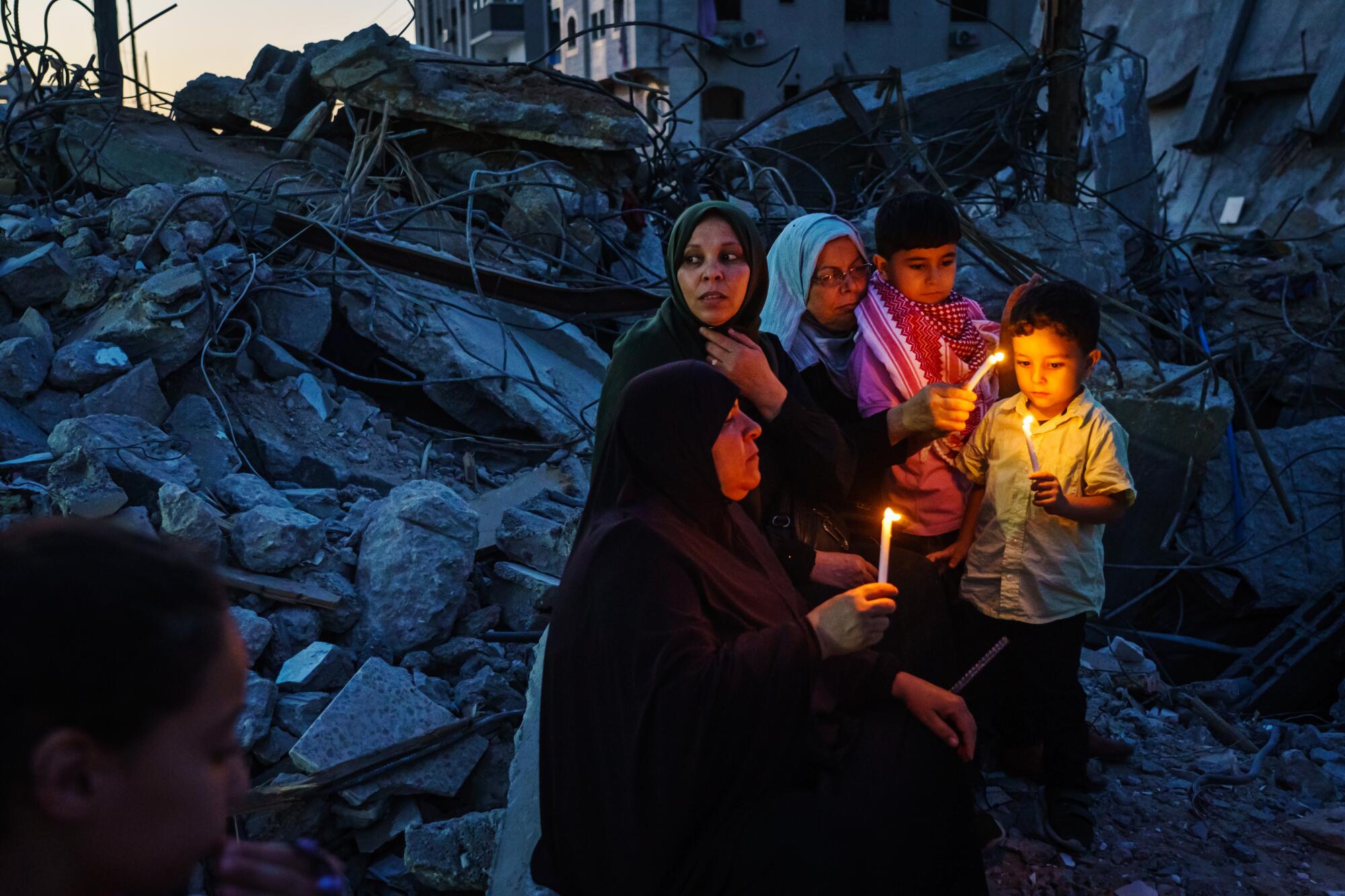
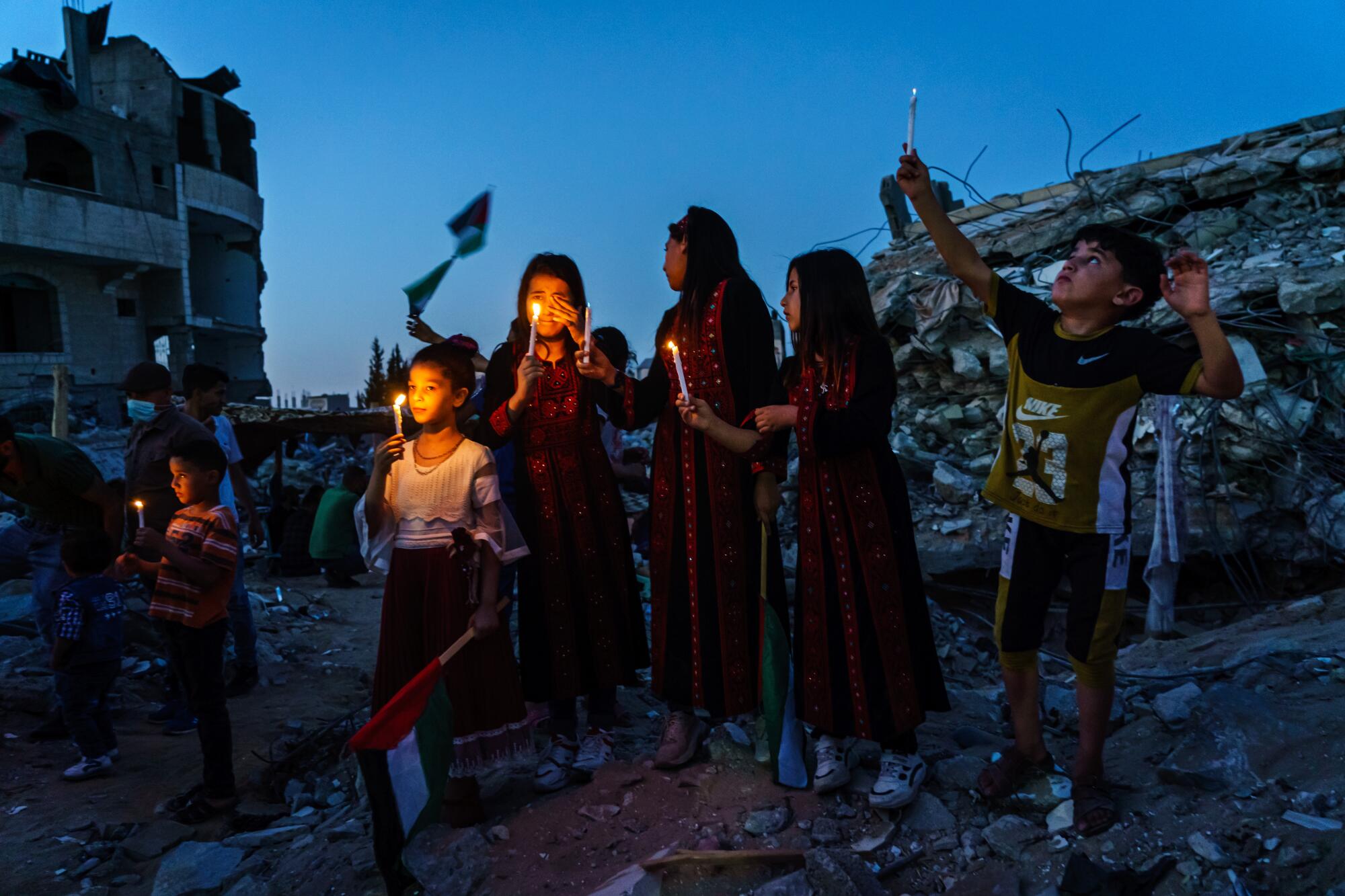
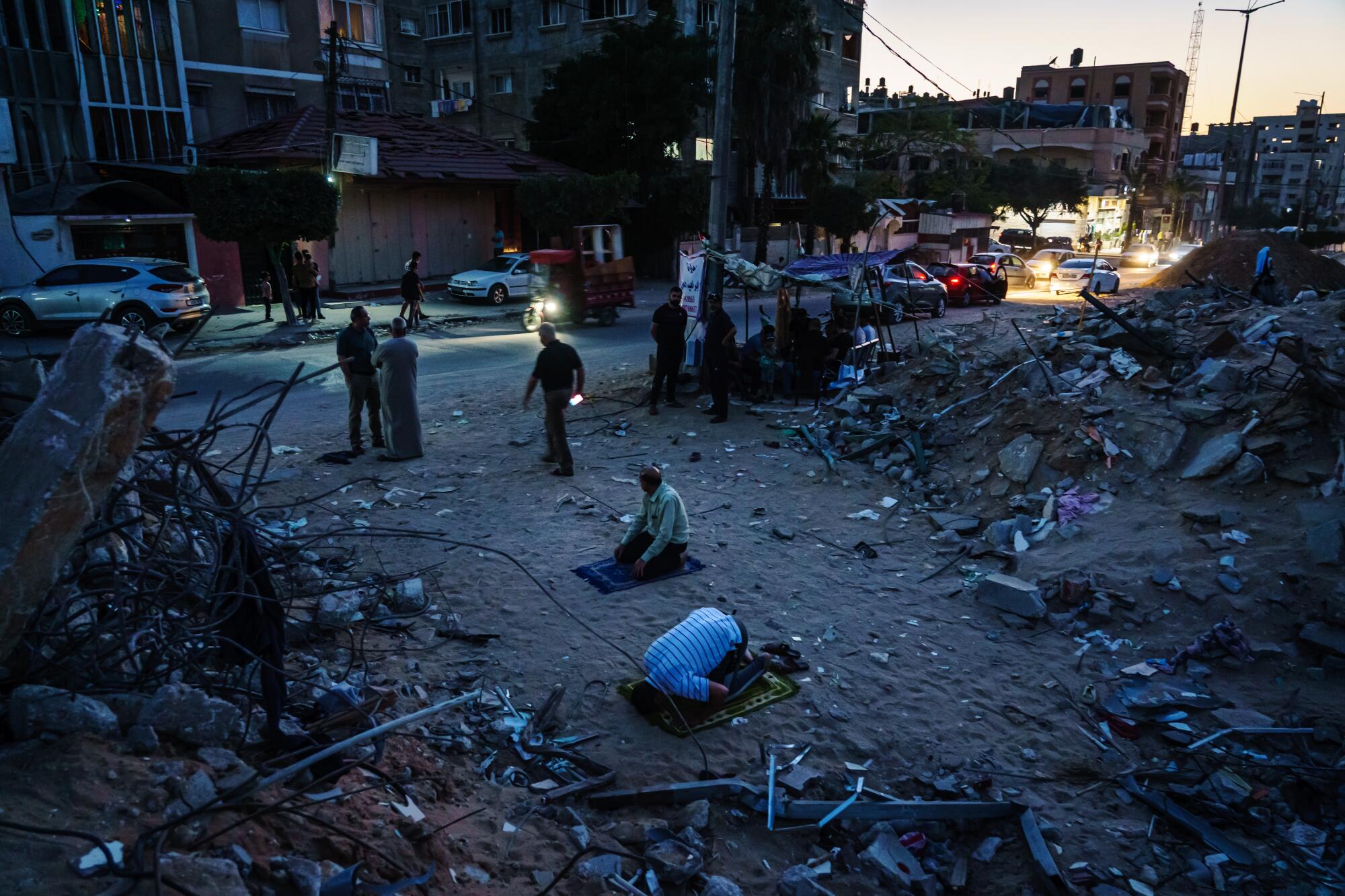

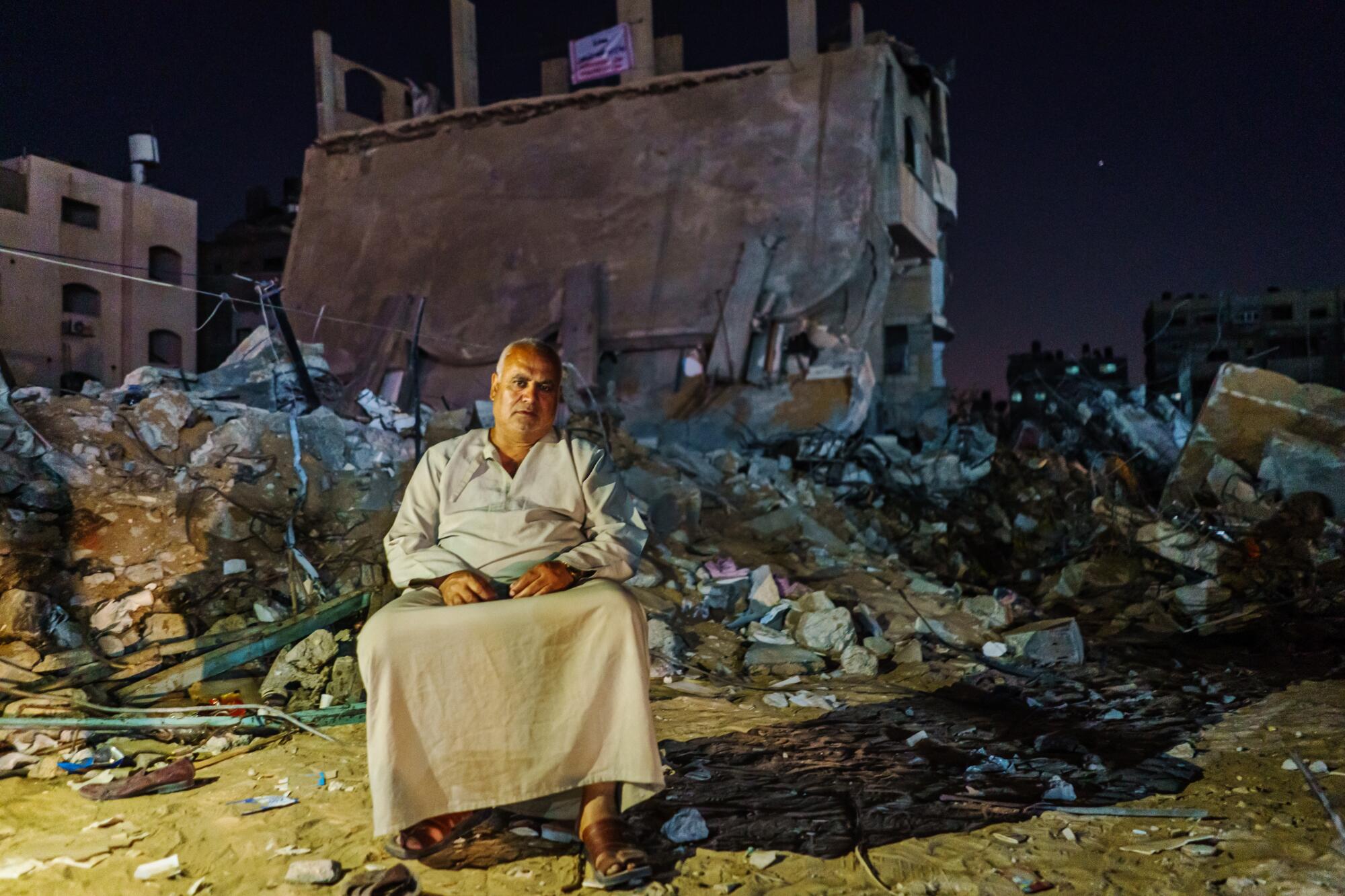
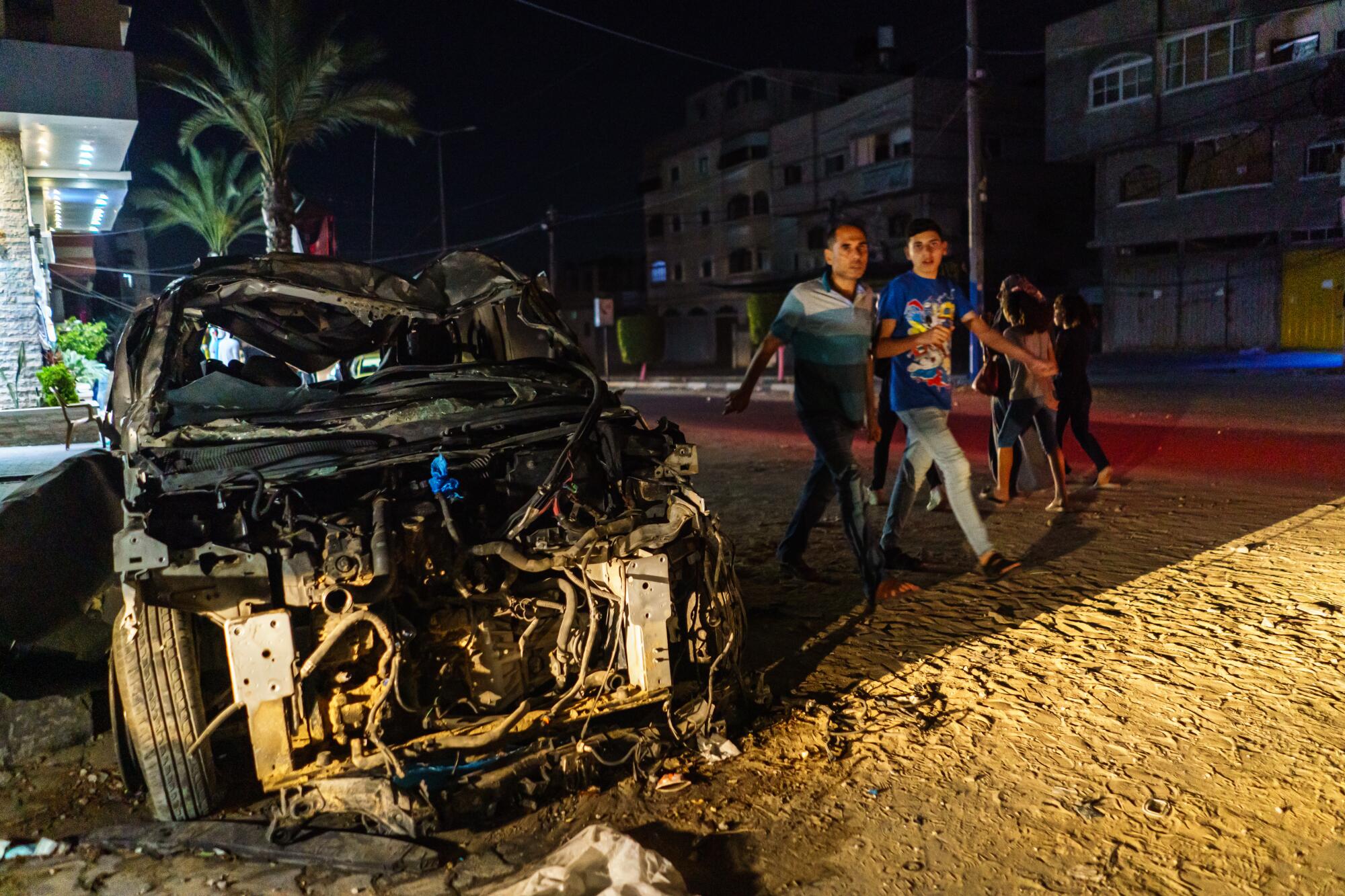
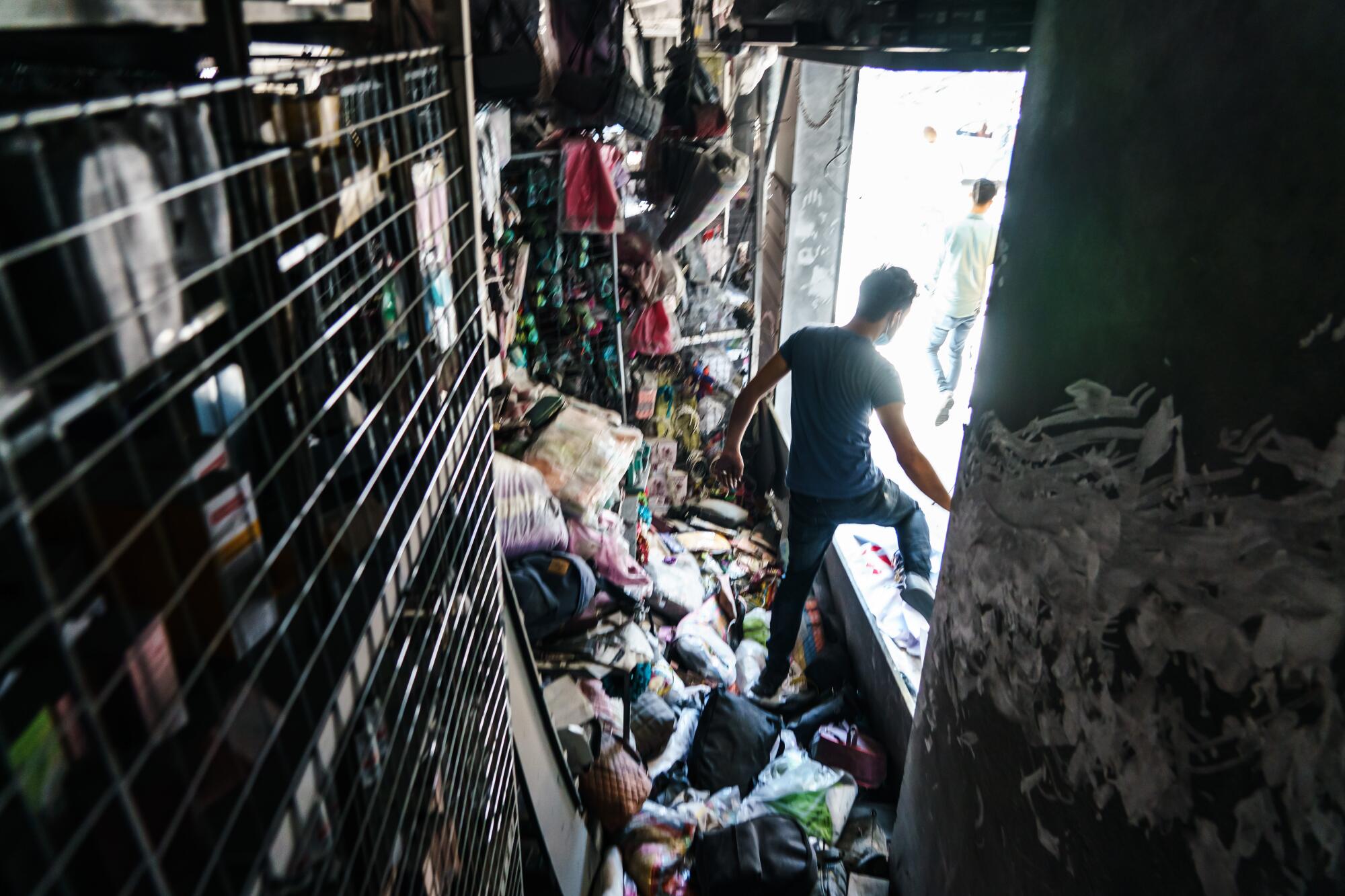
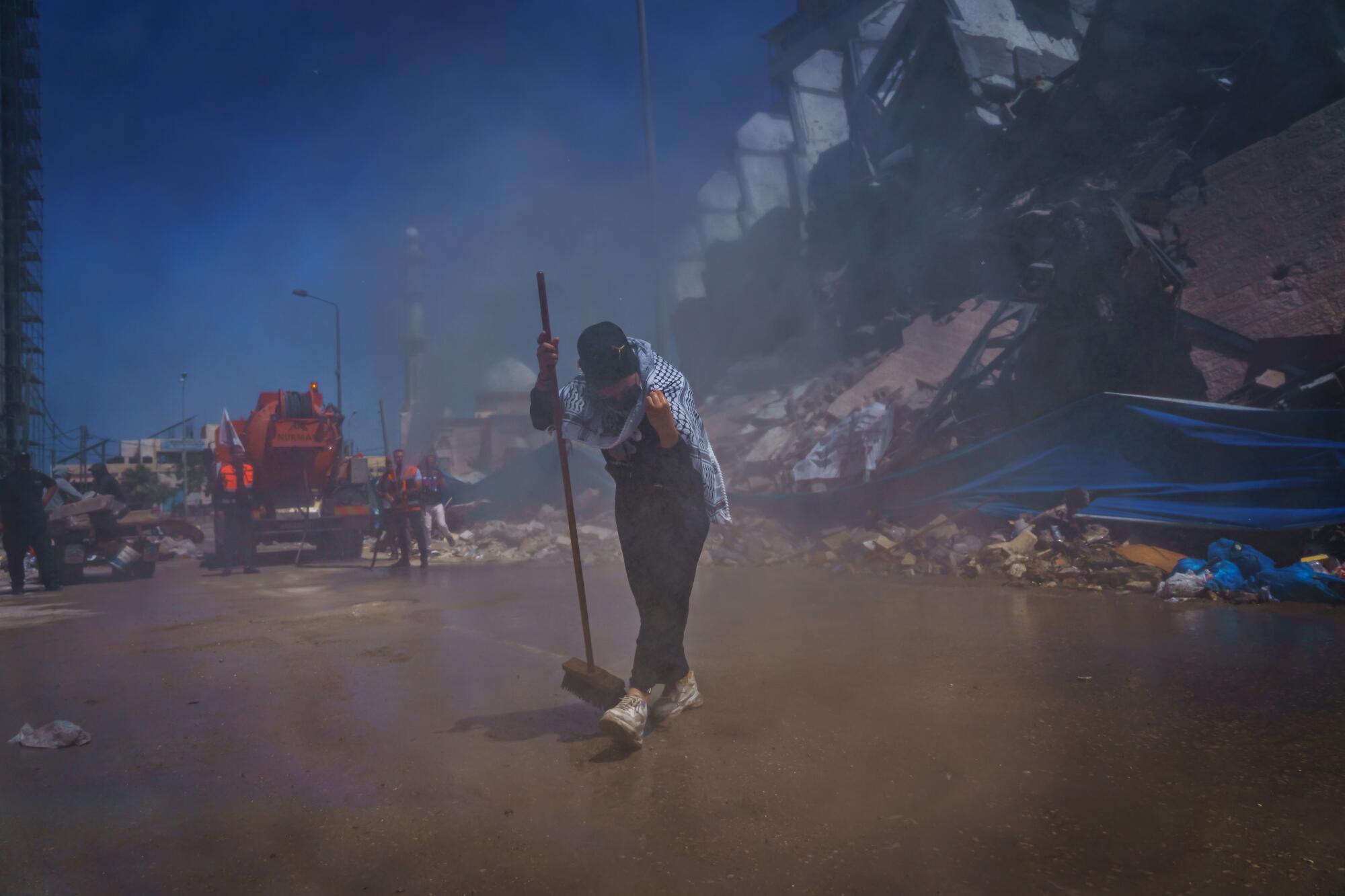
More visual journalism from the Los Angeles Times
More to Read
Sign up for Essential California
The most important California stories and recommendations in your inbox every morning.
You may occasionally receive promotional content from the Los Angeles Times.


